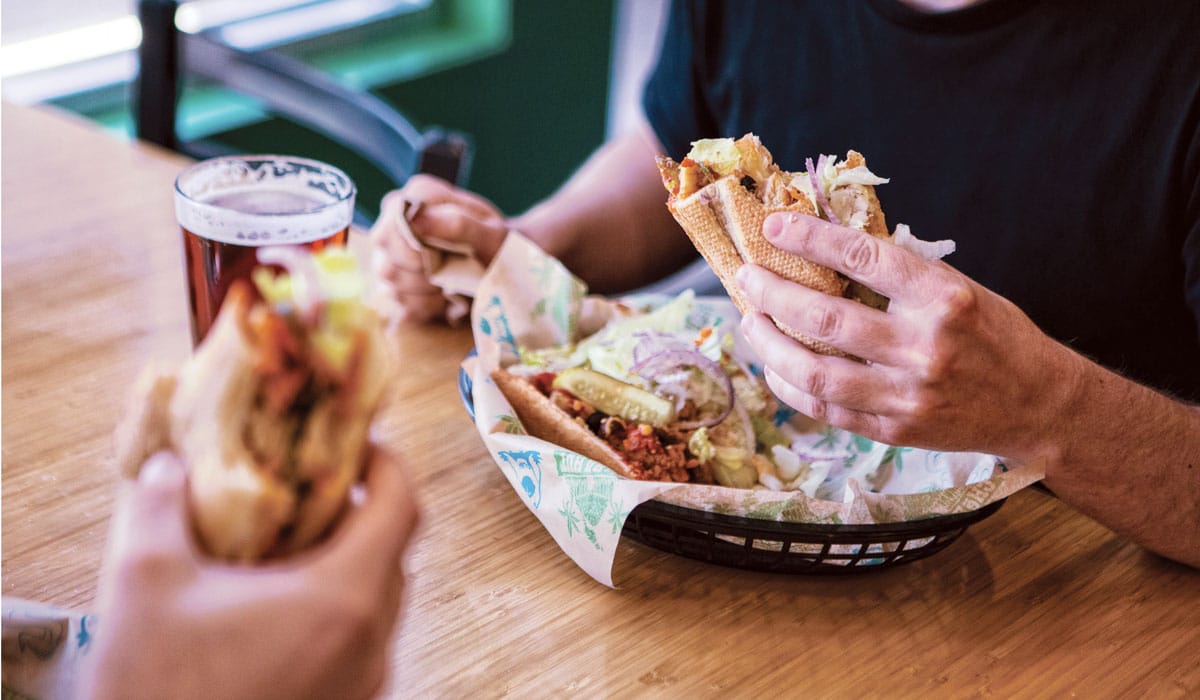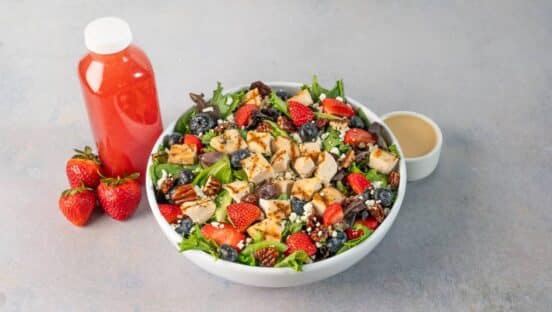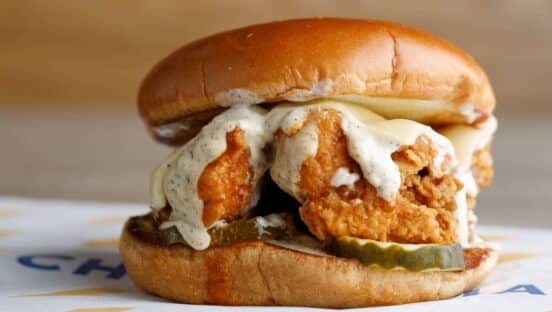Consumer habits have changed, maybe irreversibly, over the past year. Operators are seeing customers who don’t want choice as much as ease due to the pandemic, and now restaurants are slimming down their menus to accommodate this change.
Bruce Reinstein, partner at management consulting firm Kinetic12, says this menu simplification trend isn’t just a pandemic phase—it’s the future.
“Clearly, there’s nothing good about COVID when you look at it from a big picture,” he says. “But as far as the restaurant business, it’s forced operators to think, to kind of go back to basics and to re-evaluate how they do business.”
A reduced menu is one component of Reinstein’s vision for the restaurant of the future. According to his research, restaurants post-COVID-19 will pick up new efficiency strategies to match consumer expectations. This “Restaurant 2.0” will challenge traditional setups by employing a more cross-functional staff, having more touchless options, and designing more compact kitchens, among other changes. But all of the features are connected to the menu.
“If you have a simple menu, it should have an impact on your labor, your costs, your revenue stream, all that. But you have to start somewhere,” Reinstein says.
He attributes this menu shrink in part to the consumer psyche, which has redefined the term “comfort food” since the pandemic. It’s not just mac ‘n’ cheese or pot roast; these days, it’s anything that makes a customer feel good, and restaurateurs can take advantage of that change by figuring out exactly what flavors draw the consumer to their brand specifically. From there, restaurants can develop a more simplified menu based on these ingredients to keep customers coming back.
“That’s how to be creative in these times—increase the frequency of visits by your consumer and keep it simple,” Reinstein says. “Give them what they want, but do variations of it.”
In addition, he advises restaurants to keep the off-premises guest in mind when making menu changes. He predicts off-site business surpassing in-person sales even after the pandemic’s behind us, so creating a menu that’s easier to execute is important for this consumer dynamic.
Taco chain Torchy’s Tacos made changes supporting several of Reinstein’s predictions, having added several off-premises products to its menu during the pandemic. But these off-premises deals aren’t bloating Torchy’s menu; they’re simply taking the place of some of the chain’s poorest-selling tacos, which the company slashed. Still, Torchy’s CEO G.J. Hart wants to offer something new to the customer.
“It’s important for us to continue to bring new innovations to market despite the challenges of COVID,” Hart says.
One such item is the Family Pack, which lets customers choose from Torchy’s meats, tortillas, and other toppings to take home and create the tacos themselves. The brand also created At-Home Margarita Kits to sell signature alcohol recipes, which vary state by state.
To continue with its innovation, the chain offers a “Taco of the Month.” Through this limited-time offer, Torchy’s fans are seeing the resurgence of old flavors like the Bottle Rocket Shrimp taco, as well as new items like the Daredevil Queso Blanco.
Sandwich chain Cheba Hut also pared down its menu at the height of the pandemic, opting for a select 12 sandwiches in riding out the crisis. The “Dank Dozen” of Cheba Hut’s menu kept top-sellers while minimizing ingredients, making a solid survival strategy when leaders weren’t sure how the store would fare.
“We didn’t know if we were going to be down to a quarter of our sales, or half of our sales, or where we were going to land,” says Seth Larsen, chief relationship officer of Cheba Hut. “So making those decisions quick was important, and it definitely helped the crew execute.”
He says Cheba Hut’s top five sandwiches drive most of the restaurant’s sales, like most other restaurants. But this change prompted the restaurant to place custom-made dry-erase boards across its location to notify walk-in consumers of product availability.
While the custom board notified in-store customers at a moment’s notice, the chain had trouble translating its simpler menu to the off-premises customer in the technology realm. But Larsen says this was only a temporary issue.
Despite increased efficiency, there is some value in keeping a more bloated menu, as some of Cheba Hut’s patrons will want their menu favorites—even if it’s not available. “We really want to drive sales to our core sandwiches, but also being mindful that we’ve been around for 22 years and we have some very loyal customers,” Larsen says. “So getting rid of the tuna sandwich just isn’t an option.”
For the most part, Cheba Hut has returned to a menu offering similar to the pre-pandemic slimdown. But Larsen says the restaurant will use the pared-down menu as a strategy if any other supply-chain issues arrive, even after the pandemic.
As supply-chain uncertainties will most likely be a big part of the future, menu simplification looks like it’s here to stay—at least until supplies stabilize. Those who form a plan to simplify the menu are better equipped in the industry even sans COVID.
But Larsen says the transition to a slimmer menu needs to be slow and steady.
“You can’t make knee-jerk reactions ever in business, and certainly not during the pandemic,” Larsen says. “But that doesn’t mean you’re not information gathering, you’re not talking about the hard decisions, you’re not preparing yourself for what might need to be done.”











